A Great Steppe for the Mongol Empire
The Altaic or Uralic language group has been controversial among linguists, but there certainly seems to be some shared convergence between some of these languages that span the Eurasian continent. When you first hear these far-flung countries mentioned together, it seems incredible that Mongolian, Korean, Turkish, and Hungarian would share some common roots. But when you consider the extent of the Mongol Empire in the 13th and 14th centuries, any existing language similarities start to make more sense.
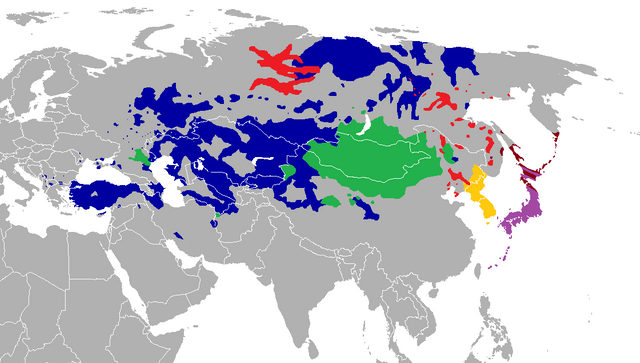
Altaic languages. Source: Creative Commons via Wikipedia.com by Fobos92.
At its peak, the Mongol Empire spanned the largest contiguous portion of land of any historical empire. More than the Roman Empire. More than Alexander the Great. More than the Qing Dynasty. Only non-contiguous empires like the British and Spanish Empires spanned more of the globe, but not in one connected chunk of land. The Mongols presided over a huge swath of Planet Earth from nearly one side to the other on its biggest continent. It covered 16% of the world’s landmass and 25% of its population.
The Mongol Empire’s famous postal/intelligence system could carry messages from east to west throughout these lands. The system used relay stations where fast riders would carry the message 20-40 miles (32-64 km) to the next station, where it would be handed off to the next carrier. When Genghis Khan died in 1227, the news spread from Mongolia to his forces in Central Europe in just 4-6 weeks. That would seem slow in today’s world, but was a remarkable feat in the 13th century, displaying a communications speed which would not be equaled again for centuries.
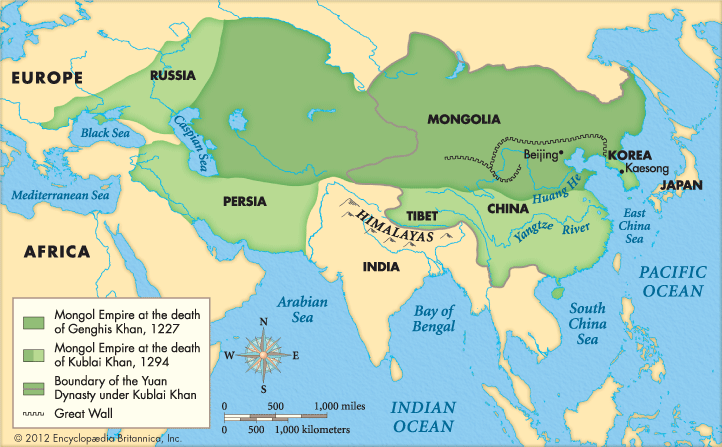
Mongol Empire's extent in the 13th and 14th Centuries. Source: Encyclopedia Brittanica.
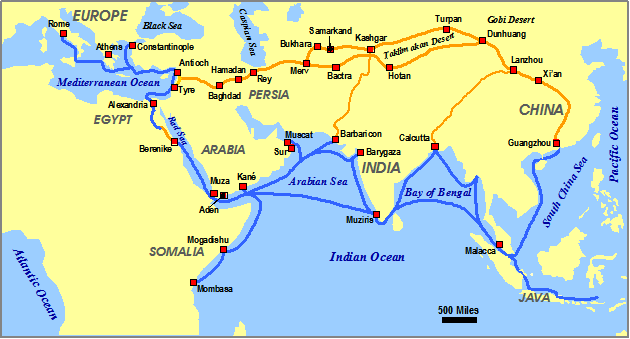
The Silk Road. Source: Silkroutes.net.
In all of the books and histories about the Mongol Empire and the Golden Horde, there are many reasons given for the Mongols’ domination over this land during that period in history. They certainly had superior technology with their mastery of horses and of warfare. They had political methods of unification. But in the end, those pretty much boiled down to Pax Mongolia, just as the Roman Empire’s peace was called Pax Romana. There was an uneasy peace born from the Mongols’ quick and utter domination, an offer the subject peoples could not refuse.
But one factor is not given enough weight in history. It is the geography of most of that Empire’s territory. We know that the Mongols had some toruble conquering places that had heavy mountains (Afghanistan, Pakistan) or were separated from the mainland by water (Japan). And when you look at that particular swatch of land they did dominate from eastern China all the way to Hungary, there is a lot more east-west in it than north-south.
In fact, if you Google a term called “Eurasian steppe” (also known as the Great Steppe), the map you see correlates pretty closely with both the Mongol Empire and its Silk Road. I think of Central Asia as having some pretty large mountain ranges, and it does, but this belt of steppe land runs pretty contiguously all the way through with few interruptions. Like the Great Plains in North America, the Patagonian steppe in South America, or the grasslands of Southern Africa or Eastern Australia, this is a wide open territory.
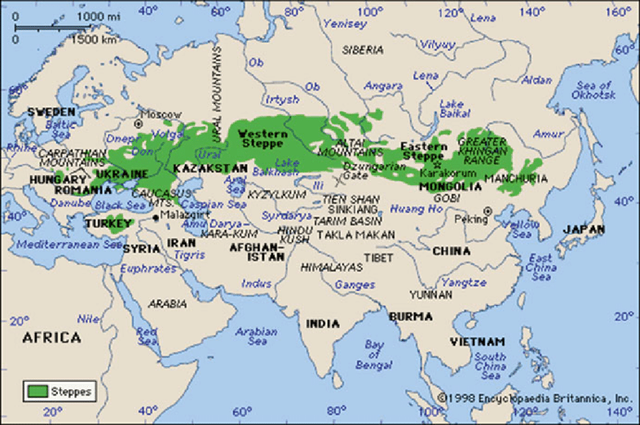
Map of the Eurasian Steppe. Source: Encyclopedia Brittanica.
The Eurasian steppe is a long belt of grasslands, shrublands, and savannah. In other words, it was and is mostly open plains. And it stretches from its beginnings in Hungary, Romania, and Moldova, all the way through Ukraine, Kazhakstan, Russia, the Xinjiang region in China, and continuing through Mongolia to Manchuria. In other words, once the Mongols had unified their tribes and perfected their formula of horses and plains warfare under Genghis Khan, there was little to stop them from continuing through that unbroken swatch of open land all the way into Europe. Yes, there are mountains like the Urals and Carpathians, there are large rivers bisecting portions of the land, and there are near deserts like the dry region in the Kazakh steppe. But these obstacles were surmountable and beyond them, the plains continued from Manchuria in eastern China all the way into Hungary in Central Europe.
That fairly unified geographic belt was the heart of the Mongol Empire. It became the heart of the Silk Road’s main branch for centuries thereafter. And as much as any other factor, it helps explain how Mongolia’s Golden Horde was able to conquer so much territory and perfect that dominance over a wide region in just a few short years.
References:
https://en.wikipedia.org/wiki/Eurasian_Steppe
https://en.wikipedia.org/wiki/Altaic_languages
https://en.wikipedia.org/wiki/Ural%E2%80%93Altaic_languages
https://www.britannica.com/place/Mongol-empire
https://en.wikipedia.org/wiki/Yam_(route)
http://ipfactly.com/mongol-empire-yam-route/
https://www.businessinsider.com/the-10-greatest-empires-in-history-2011-9
https://en.wikipedia.org/wiki/Mongolian-Manchurian_grassland
http://www.silkroutes.net/orient/mapssilkroutestrade.htm
Top image: The steppe in Manchuria. Creative Commons via Wikipedia.com by Shizhao.
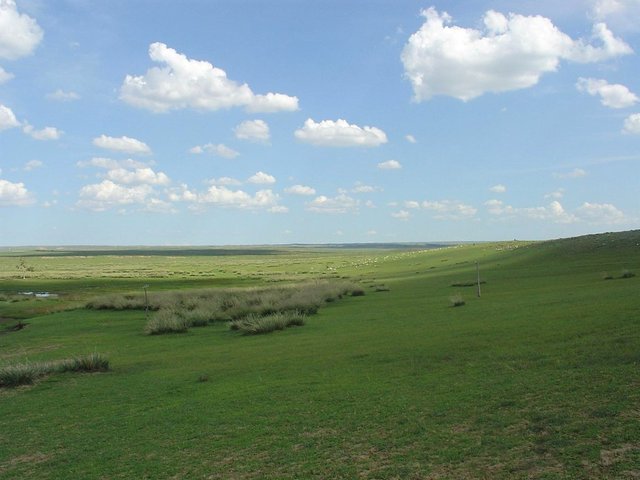
Nice write up! Somehow I never realised that the Mongolian empire went so much farther East to West than North to South. It makes sense though.
Posted using Partiko iOS
By its height, the Empire also covered a lot of ground to the south, in China and the Middle East, but there are some really big mountains and rivers for anyone trying to ride south in Asia. The heart of the Empire was the east-west axis along these plains, which also became the main route for the Silk Road.
I guess it makes sense. The same reason they could conquer that area so fast and easily makes it a perfect trade route
Posted using Partiko iOS
Red - Expansion of the Mongol Empire
Yellow-Golden Horde
green-Chagatai ulus
Light green - State of Hulaguids
Purple- Yuan Empire
Why did the Mongols win
Sometimes it is always interesting reading about history as you tend to learn new things
@donkeypong, That's really important tutorial to history & Geography field's followers. I remember I studied only few things about Mongol empire. But today I got big knowledge from your blog post. Mongol Empire's covered so longest area. I believe they had best communication and culture.
It was an amazing culture that was very strong at its peak.
For some people history may be boring but I love history and reading history make me feel like awesome. If there is any time machine until my death I really want to see all history.
Sign me up for your time machine also!
Sure sir. Definitely if I ever find 😅
the scenery is very beautiful, i love this view
Although this map is from a much later era - I feel its interesting to see where the mongols existed in later years (1700's Mongols in India)
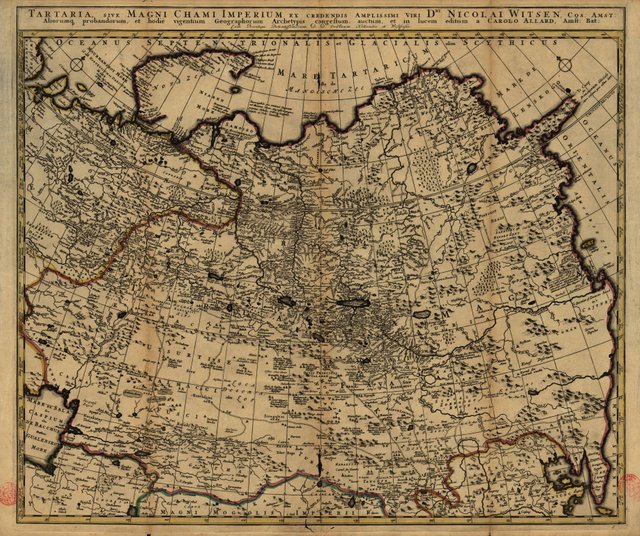
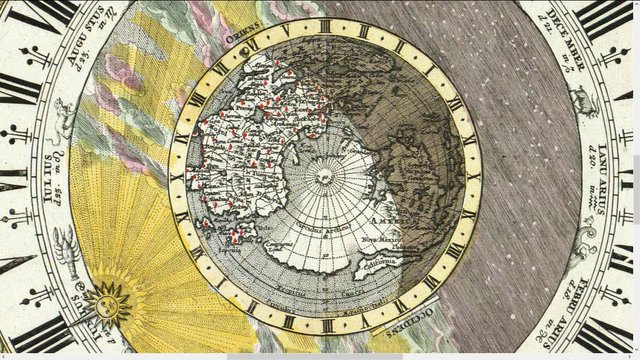
This one is from The Atlas Coelestis 1742
, have done quite some research on it but to my knowledge, I don't remember any info regarding how that geographical aspect played such a crucial role in the Mongols record fast conquering.
Reminds me of a sort of documentary I once saw stating that the main reason there are so many tribes/cultures/languages in Africa, is because of the so many different climates across the continent, and the many geographical barriers such as mountains or huge forests which have hindered(and probably will keep hindering) Africans from truly uniting to truly form the African Union that's been dreamed of for decades. Proving once again that geography is everything.
Cheers for the pleasant read.
Posted using Partiko Android
Yes, that's interesting. I once read that the linguistic diversity in southern Africa is greater than any in any part of Europe or Asia. I guess the African continent was difficult for anyone to conquer that way, whereas large parts of the Eurasian continent allowed for a lot of movement.
Indeed, Uganda alone already has at least 43 languages on it's own which is absolutely crazy. And yes, I guess our bad geography can be considered both a curse and a blessing.
The ancient Mongolians are powerful in their time and now they are oppressed by a country that they terrorized before which is China @donkeypong